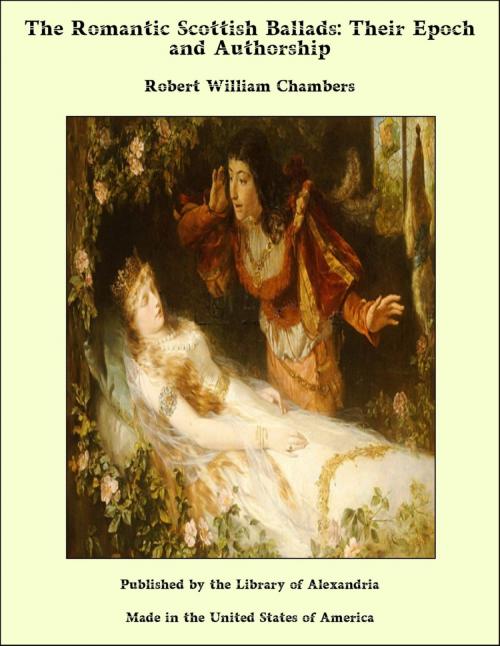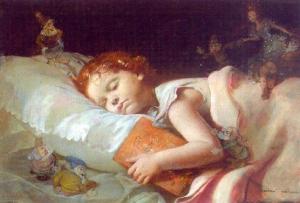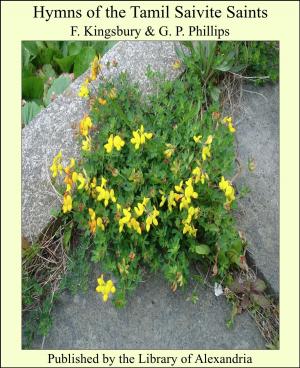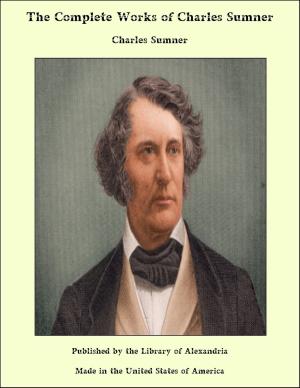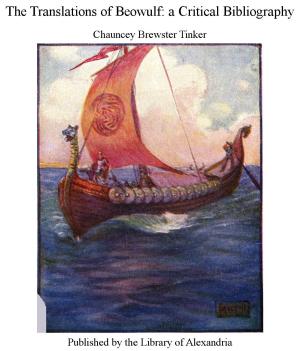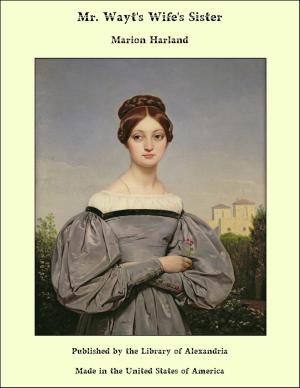The Romantic Scottish Ballads: Their Epoch and Authorship
Nonfiction, Religion & Spirituality, New Age, History, Fiction & Literature| Author: | Robert William Chambers | ISBN: | 9781465609076 |
| Publisher: | Library of Alexandria | Publication: | March 8, 2015 |
| Imprint: | Language: | English |
| Author: | Robert William Chambers |
| ISBN: | 9781465609076 |
| Publisher: | Library of Alexandria |
| Publication: | March 8, 2015 |
| Imprint: | |
| Language: | English |
Percy, at the close of his copy of Sir Patrick Spence, tells us that 'an ingenious friend' of his was of opinion that 'the author of Hardyknute has borrowed several expressions and sentiments from the foregoing [ballad], and other old Scottish songs in this collection.' It does not seem to have ever occurred to the learned editor, or any friend of his, however 'ingenious,' that perhapsSir Patrick Spence had no superior antiquity over Hardyknute, and that the parity he remarked in the expressions was simply owing to the two ballads being the production of one mind. Neither did any such suspicion occur to Scott. He fully accepted Sir Patrick Spence as a historical narration, judging it to refer most probably to an otherwise unrecorded embassy to bring home the Maid of Norway, daughter of King Eric, on the succession to the Scottish crown opening to her in 1286, by the death of her grandfather, King Alexander III., although the names of the ambassadors who did go for that purpose are known to have been different. The want of any ancient manuscript, the absence of the least trait of an ancient style of composition, the palpable modernness of the diction—for example, 'Our ship must sail the faem,' a glaring specimen of the poetical language of the reign of Queen Anne—and, still more palpably, of several of the things alluded to, as cork-heeled shoon, hats, fans, and feather-beds, together with the inapplicableness of the story to any known event of actual history, never struck any editor of Scottish poetry, till, at a recent date, Mr David Laing intimated his suspicions that Sir Patrick Spence and Hardyknute were the production of the same author. To me it appears that there could not well be more remarkable traits of an identity of authorship than what are presented in the extracts given from Hardyknute and the entire poem of Sir Patrick—granting only that the one poem is a considerable improvement upon the other. Each poem opens with absolutely the same set of particulars—a Scottish king sitting—drinking the blude-red wine—and sending off a message to a subject on a business of importance. Norway is brought into connection with Scotland in both cases. Sir Patrick's exclamation, 'To Noroway, to Noroway,' meets with an exact counterpart in the 'To horse, to horse,' of the courtier in Hardyknute.
Percy, at the close of his copy of Sir Patrick Spence, tells us that 'an ingenious friend' of his was of opinion that 'the author of Hardyknute has borrowed several expressions and sentiments from the foregoing [ballad], and other old Scottish songs in this collection.' It does not seem to have ever occurred to the learned editor, or any friend of his, however 'ingenious,' that perhapsSir Patrick Spence had no superior antiquity over Hardyknute, and that the parity he remarked in the expressions was simply owing to the two ballads being the production of one mind. Neither did any such suspicion occur to Scott. He fully accepted Sir Patrick Spence as a historical narration, judging it to refer most probably to an otherwise unrecorded embassy to bring home the Maid of Norway, daughter of King Eric, on the succession to the Scottish crown opening to her in 1286, by the death of her grandfather, King Alexander III., although the names of the ambassadors who did go for that purpose are known to have been different. The want of any ancient manuscript, the absence of the least trait of an ancient style of composition, the palpable modernness of the diction—for example, 'Our ship must sail the faem,' a glaring specimen of the poetical language of the reign of Queen Anne—and, still more palpably, of several of the things alluded to, as cork-heeled shoon, hats, fans, and feather-beds, together with the inapplicableness of the story to any known event of actual history, never struck any editor of Scottish poetry, till, at a recent date, Mr David Laing intimated his suspicions that Sir Patrick Spence and Hardyknute were the production of the same author. To me it appears that there could not well be more remarkable traits of an identity of authorship than what are presented in the extracts given from Hardyknute and the entire poem of Sir Patrick—granting only that the one poem is a considerable improvement upon the other. Each poem opens with absolutely the same set of particulars—a Scottish king sitting—drinking the blude-red wine—and sending off a message to a subject on a business of importance. Norway is brought into connection with Scotland in both cases. Sir Patrick's exclamation, 'To Noroway, to Noroway,' meets with an exact counterpart in the 'To horse, to horse,' of the courtier in Hardyknute.
